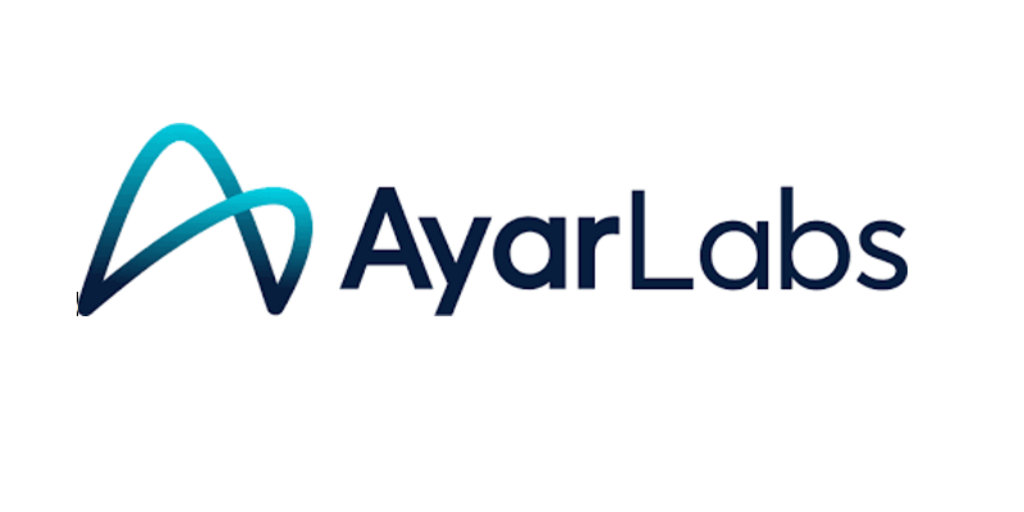By the time this issue hits the streets, we may have heard news on the rebid of the Blue Waters project. You may recall Blue Waters. It’s the program that caused a huge embarrassment for the NSF, NCSA and IBM, but is now being cleverly referred to by the spin doctors as a strategic business decision. Whatever happens with the ‘new’ Blue Waters program, the program as originally awarded ended in failure.
We discussed this in the last issue’s lead story, “The Violent Waters of HPC”. The volume of positive feedback we received was a bit overwhelming, and it was good to know we struck a chord with so many readers. Thank you all for your feedback and compliments.
When Blue Waters was announced more than four years ago, the global HPC community surged with excitement over the possibility of a 10 petaFLOPS system and what it might do for scientific computing.
Then something happened. According to documents made public through the Freedom of Information Act, IBM started asking for concessions. Lots of concessions. This was no partnership, this was a vendor and client writing each other formal memos. And when IBM sought to delay deployment of the system by a full year, NCSA had no choice but to decline and wait for IBM’s eventual decision to cancel the contract. Most people blame IBM. Some people blame NCSA. A few blame NSF. Does it really matter where we put the blame?
In the end, the kids just weren’t able to play nice in the sandbox.
Now we have the DOE / Oak Ridge National Laboratory award to Cray for Titan – which promises to be an amazing system that will grow, possibly, to 20 petaFLOPS. For Titan to succeed, five key parties have to work closely together. Very closely together. No room for name calling or finger pointing. And definitely no room for surprises.
So what’s different with this collaboration? Do these organizations have what it takes to reach the finish line?
To help us better understand the strength of this collaboration, we interviewed executives at Cray, Oak Ridge National Laboratory, NVIDIA, AMD and The Portland Group.
We were impressed with both the individual and the collective confidence of these organizations. They are each complimentary of one another. No one is jockeying for position to be the hero. Perhaps, recent happenings have brought a tone of realism and humility to bear on this discussion, or perhaps it’s the unswerving commitment to HPC that they share, but whatever the reason, as you will find in these interviews, Titan is backed by one very strong, enthusiastic, and humble collaboration.
For related stories, visit The Exascale Report Archives.




Comments